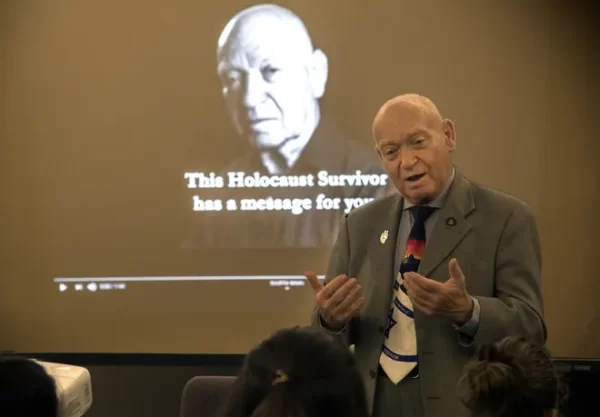An Analysis of the Dangers of Expanded Polystyrene

April 26, 2018
Expanded polystyrene may sound like an exotic chemical, but you have almost surely been exposed to it multiple times. Better known as by its brand name, Styrofoam, is a commonplace item, yet is a threat to public health and the environment. It is toxic, produced in a wasteful way, harmful to the environment, and practically impossible to dispose of.
Firstly, polystyrene has been linked to countless ailments. Styrene, one of the chemicals in expanded polystyrene, is known to cause irritation of the skin and eyes, as well as parts of the respiratory tract. Those exposed to large amounts of the chemical also report troubles within the central nervous system. While these issues occur mainly to the workers who handle the material, the toxins can leak into hot food and beverages, threatening the digestive and reproductive systems. These toxins can also escape into the environment once the polystyrene has been thrown away.
Secondly, polystyrene is produced in a wasteful and dangerous way. As noted above, workers are exposed to unsafe amounts of the chemical styrene. Also, the production of polystyrene requires petroleum, a nonrenewable resource. Not only that, the manufacture of polystyrene is a cause of the deterioration of the ozone layer. Originally, polystyrene was produced with chlorofluorocarbons (CFC’s), which are now known to definitely break down the ozone. However, its use was phased out, largely replaced by chlorodifluoromethene (HCFC-22), which, although less toxic, still depletes the ozone layer. Additionally, the National Bureau of Standards Center of Fire Research identified 57 chemical byproducts released during the combustion of polystyrene foam, and a 1986 EPA report on solid waste cited the manufacture of polystyrene as the fifth largest creator of hazardous waste. Finally, hydrocarbons used in the process of creating the foam are released into the air. At ground level, in the presence of sunlight, they may combine with nitrogen oxides, forming tropospheric ozone, a pollutant which may cause respiratory issues.
Third, polystyrene can not easily or safely be disposed of. Because it is not biodegradable, it cannot be decomposed. Most people merely throw the material away after using it, and the polystyrene makes its way to an already overcrowded landfill. Other people litter, and the polystyrene finds its way into the environment, poisoning and choking wildlife or simply cluttering once beautiful landscapes.
While some may argue that the use of expanded polystyrene should continue, their points tend to be weak or invalid. For example, some may say that polystyrene is the most affordable, attainable, and portable option. However, this is simply not true. Although polystyrene is convenient, many safer alternatives are available. Bamboo, cardboard, and recycled paper are all available and inexpensive, and are renewable resources and biodegradable. Some may also assert that it is possible for polystyrene to be recycled, therefore the use of it is not wasteful. While facilities for recycling polystyrene do exist, they have several problems. First, the process does not complete a full cycle. If, for instance, a polystyrene box is recycled, it is made into different polystyrene products (such as surfboards, cafeteria lunch trays, and packaging materials), rather than the same item (a box). Because of this, the same amounts of energy and resources are being used to produce polystyrene boxes. Second, not all recycling services accept polystyrene, and in some regions, it may be difficult to find an establishment that recycles polystyrene. Also, the production of polystyrene still produces waste, even if the object itself does not.
All in all, the dangers of expanded polystyrene seem to outweigh the benefits.
———————————————————————–
Works Cited:
“Ban Foam Products.” Save Our Shores. N.p., n.d. Web. 8 Mar. 2017.
“Polystyrene Foam Report.” Earth Resource Foundation. N.p., n.d. Web. 8 Mar. 2017.








